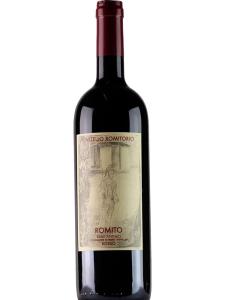The Sant'Antimo DOC takes its name from the magnificent Romanesque 12th-century Abbey of Sant’Antimo, which sits in a valley surrounded by vineyards. Located in Tuscany's Montalcino area in central Italy, this DOC covers almost precisely the same production zone as the prestigious Brunello di Montalcino DOCG and its DOC siblings, Rosso di Montalcino and Moscadello di Montalcino.
The Sant'Antimo DOC laws were drawn up in January 1996 and reviewed just six months later to include varietal wines. These developments have allowed local winemakers to maintain traditional winemaking techniques while also embracing 'international' varieties as they become more popular today. Three red Sant'Antimo varietals are produced, from Cabernet Sauvignon, Merlot, and Pinot Nero; they are complemented by a trio of varietal whites based on Chardonnay, Sauvignon Blanc and Pinot Grigio. Here, as everywhere in Italy, to qualify for varietal labeling a wine must comprise 85% of the stated variety. The remainder may be made up of other varieties of the same color sanctioned under Tuscany's wine-production laws.
Other wines included in the Sant'Antimo wine portfolio are red Sant'Antimo Rosso (also made as a youthful-styled, early-drinking novello) and white Sant'Antimo Bianco, crafted from those varieties allowed in the province of Siena. There are also two types of vin santo produced here: a white and a pink Occhio di Pernice. The white vin santo is based on the classic blend of Trebbiano Toscano and Malvasia Bianca, while the Occhio di Pernice relies on Sangiovese (50–70%) and Malvasia Nera (30–50%) for its pinkish, 'partridge eye' hue. Both types are made as a relatively dry secco or a fully sweet amabile. For the added designation of riserva, they must be matured for four years.


